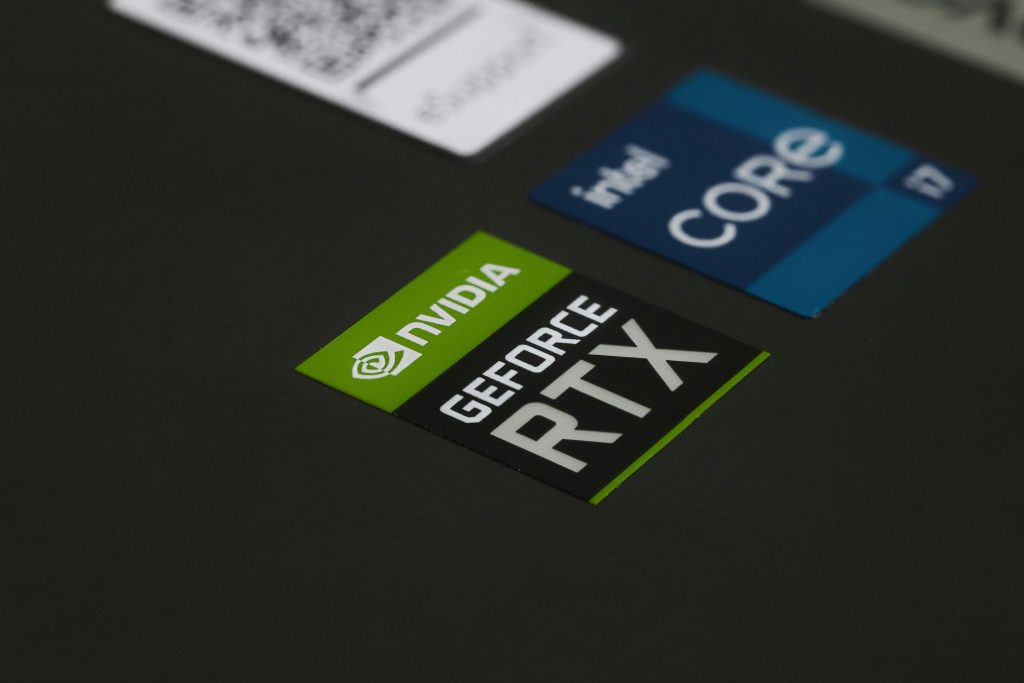Optimizing Battery Connector Removal on an MSI MS-16H7 Laptop: Tips and Best Practices
Working on laptop maintenance or upgrades can sometimes present unforeseen challenges, particularly when dealing with proprietary or tightly secured components. Recently, I encountered such an issue while attempting to replace the battery and upgrade the SSD in my MSI MS-16H7 laptop. The main hurdle was the battery connector, which appeared to be firmly locked into the motherboard, resisting all standard removal techniques.
Understanding the Challenge
The battery connector on the MSI MS-16H7 is designed with a secure locking mechanism, likely featuring toothed or tabbed connections underneath that prevent accidental disconnection. These connectors are often intended to ensure stability during operation but can become a challenge during maintenance. In my case, multiple non-metallic tools—such as plastic pry tools and spudgers—failed to disengage the connector, suggesting a particularly snug fit.
Additional Concerns
While attempting to free the connector, I noticed one of the attached wires was beginning to come loose. Although it posed no immediate danger, this situation underscores the importance of proceeding carefully to avoid damaging the cable or the motherboard, which could lead to more complex repairs.
Recommended Strategies for Safe Removal
- Use Appropriate Tools:
-
Non-metallic, plastic pry tools designed for electronics work are ideal. Avoid metal tools to minimize the risk of damaging delicate components or creating shorts.
-
Identify the Locking Mechanism:
-
Examine the connector closely under good lighting. Many connectors use a small latch or tab that must be gently lifted or slid aside before the cable can be safely removed.
-
Gentle Loosening Technique:
-
Apply steady, even pressure when prying. If resistance persists, avoid forcing the connector, as this can damage the socket or the cable.
-
Leverage Toothed or Tabled Connectors Carefully:
-
If you suspect the connector has toothed features underneath, consider using tools with a finer tip or applying slight pressure at different angles to find an optimal entry point. Sometimes, gently wiggling or rocking the connector can help disengage it.
-
Consider Additional Tools:
- Fine tweezers or a razor blade (used cautiously) can assist in lifting tabs if accessible.
-
Specialized connector removal tools are also available for delicate electronics work.
-
Professional Assistance:
- If the connector remains stubborn despite careful attempts, consulting a professional
Share this content:



